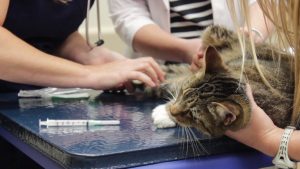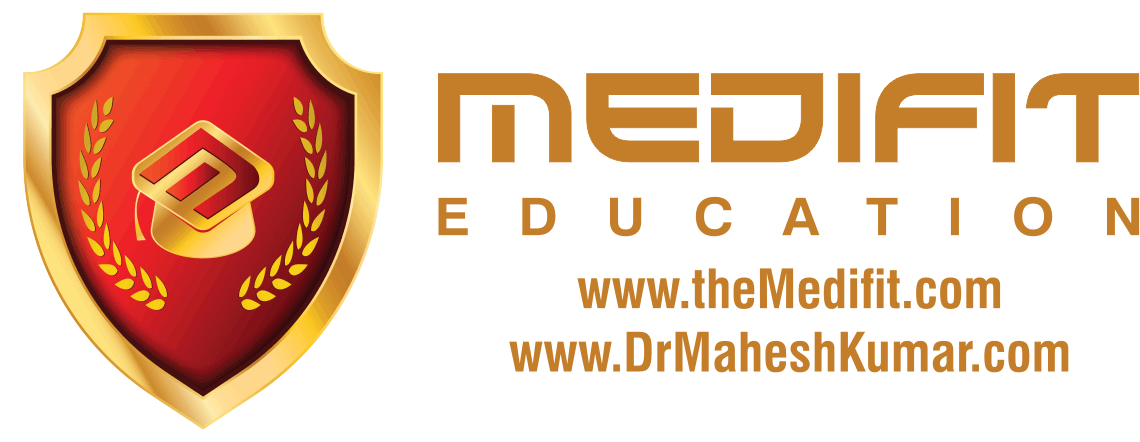In this video we look at the 13 major muscle groups in the human body, and some everyday movements that each group is involved in. Transcript notes What are the major muscle groups in the body? Muscles can be grouped together in many different ways, in this video we are going to put them into 13 different groups based on their locations in the body. My intent in this video is to give you a very basic overview of the major muscle groups, so that when you build your own resistance training routine or choose exercises to perform, you have a general understanding of the major areas of the body you can plan those routines for. I am not going to be covering exercises in this video, and I am going to use the more common known names of the muscles whenever possible. Let’s start with the deltoids, or delts, which are the shoulder muscles. The delts are used in all side body lifting motions and they provide support when you carry things and help keep carried items away from the motion path of the thighs. The biceps are located here, in the front of the upper arm. The biceps help control the motion of both the shoulder and elbow joints. At the elbow, the biceps are essential in lifting, and at the shoulder they help with moving the arms sideways, forward and upwards. The biceps are also involved in forearm rotation such as when you use a screwdriver. The triceps are here, in the back of the upper arm. The triceps help stabilize the shoulder joint, and also allow the elbow joint to be straightened. The triceps are involved in passing and shooting a basketball, and help with finite movements such as when you write or draw. The pectorals or pecs are the large chest muscles. The pecs are involved in many everyday movements, mainly at the shoulder joint. They provide support when you hold objects in front of your body, they are activated when you reach across your body, for instance to grab a seat belt or comb your hair on the opposite side. They are also activated when you reach behind yourself, for instance, reaching into your back pants pocket, or to tuck in your shirt. Everybody’s favorite muscles, the abdominals are located here below the pecs. The abdominals assist in the breathing process and protect inner organs. They are key in twisting motions, such as a golf swing or looking behind yourself. They also play a key part in bending over motions, and in maintaining good posture. On the sides of the abdominals are the obliques. The obliques like the abdominals are important in twisting motions, and bending motions, as they help support the spine from the front. They are also key in keeping good posture. These 2 large muscles in the upper and middle of the back are the traps. The traps are used to tilt and turn the head and neck and shrug the shoulders. They also provide support when you lift items over your head. The large muscles below the traps are the lats. The lats are used when you pull something into your body, or for instance when you take something down from a shelf above your head, and they are heavily involved in many swimming movements. The erector spinae are located here, they are actually deep muscles, so they are not visible in this illustration. The erector spinae help to extend the spine and are key in posture. They are also important when bending forward, and sideways. The glutes are your butt muscles, so they are obviously located here. The glutes are key muscles in the movement of the legs backwards and sideways. The glutes also help you maintain balance as you walk or run. The hamstrings are here, in the upper back part your legs. The hamstrings main function is to bend your knees and help propel your body forward in such activities as walking running and jumping. In the lower back part of your legs are the calves. The calves are key muscles when you lift your heels up, such as when you walk, run, and go up stairs. They are also important for explosive moves such as sprinting or jumping. And finally the quads are here, in the upper front part of the leg. The quads help the legs straighten, so they are a key muscle used when you go from sitting to standing, in walking, jumping, squatting and running. They also help stabilize the knee joint during these movements, and they are also a key muscle used during hip rotation. And that be the major muscle groups in the body.
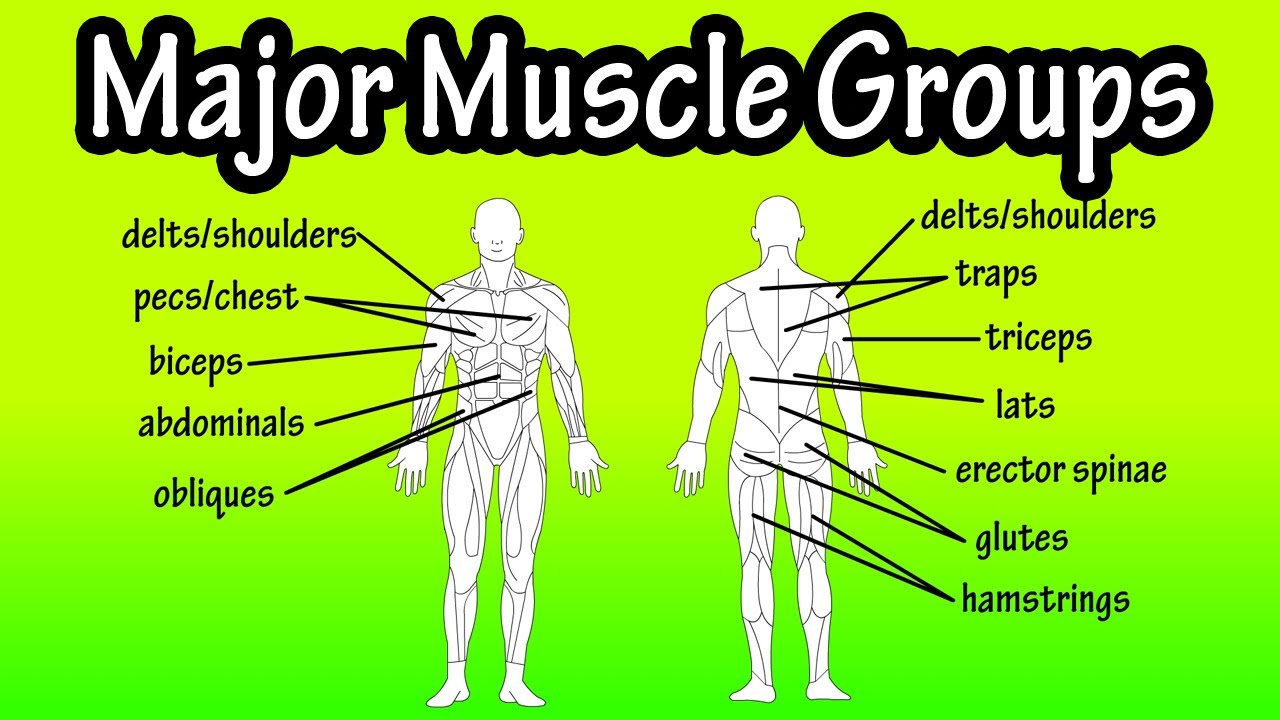
Major Muscle Groups Of The Human Body
- Post author:
- Post published:May 14, 2021
- Post comments:0 Comments
You Might Also Like
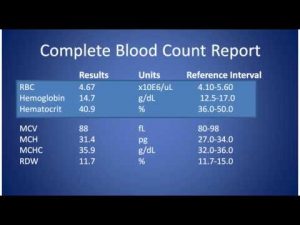
Complete Blood Count
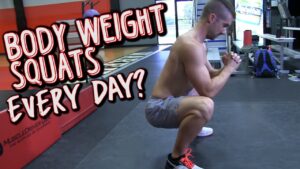
Muscle Building Workout & Squats Video – 38
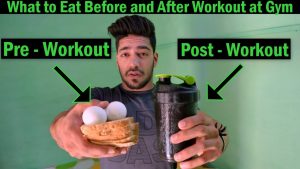
What to Eat Before and After Workout at Gym | bodybuilding tips
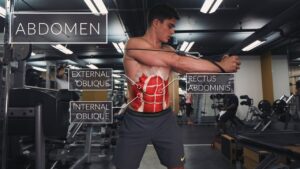
Exercise Anatomy Video – 5
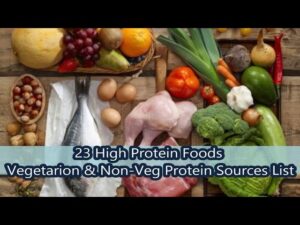
Top 23 High Protein food List

Why Do Newborn Babies Get Jaundice?
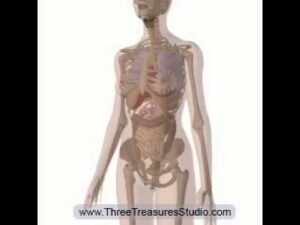
The Movement of the Internal Organs and Abdominal Muscles during Pregnancy
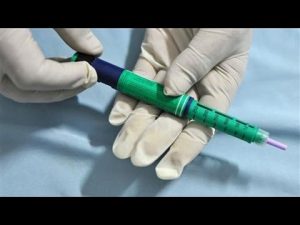
Is a New Treatment for Diabetes Near?
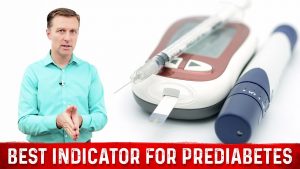
Pre diabetes Symptoms Explained By Dr.Berg

What are examples of carbohydrates? and What are Carbohydrates?

List Of Fat Burning Foods – 5 Food To Burn Belly Fat Fast
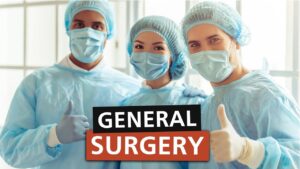
General Surgery Video – 2
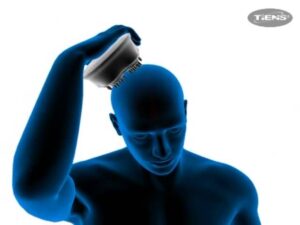
HYPOTENSION APPARATUS
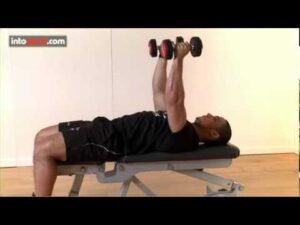
How To Do Flat Bench Chest Flys

la definition du sport.wmv
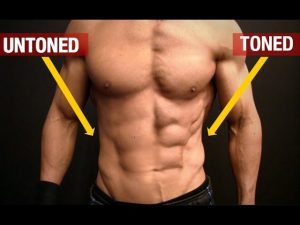
How to Get Toned Abs (IN ANY LIGHTING!)
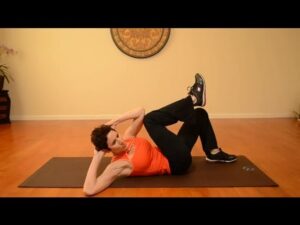
Crunches-5

5 BCAA Side Effects
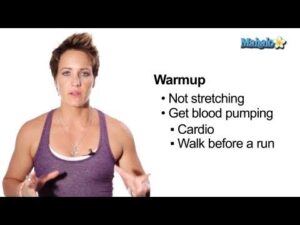
Why You Should Warm Up and Cool Down
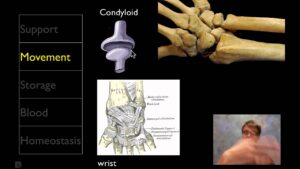
The Skeletal System
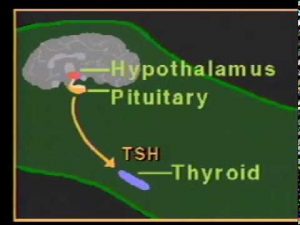
thyroid hormone physiology.mpg
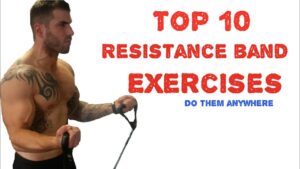
Top 10 Resistance Band Exercises (You can do anywhere)
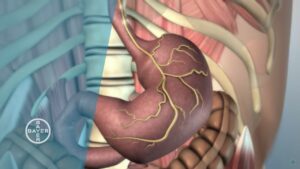
How does the Stomach Function?
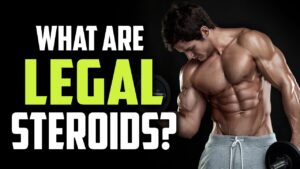
What Are Legal Steroids & How to Choose the Best One For Your Needs
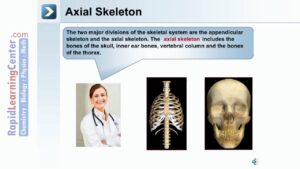
The Skeletal System- Axial Skeleton
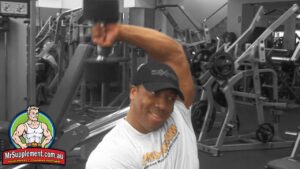
Shawn Rhoden’s Overhead Dumbbell Tricep Extension
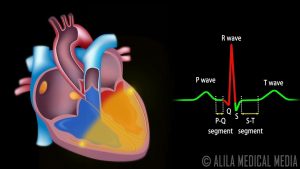
Cardiac Conduction System and Understanding ECG, Animation.

6 Pack Diet Plan Disaster (CALORIE CUTTING!)

Psychiatry Video – 2
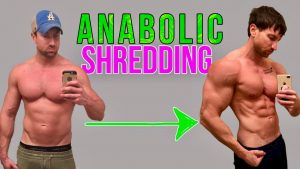
“What Is The Best Fat Loss Diet To Maintain Your Muscle?” (ANABOLIC SHREDDING!)
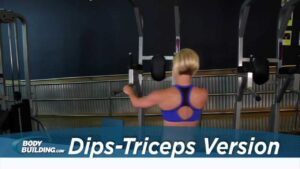
Dips – Triceps Version – Tricep Exercise – Bodybuilding.com
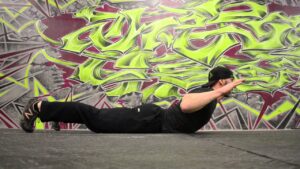
THE BAR CROSSFIT BACK EXTENSION ON THE FLOOR
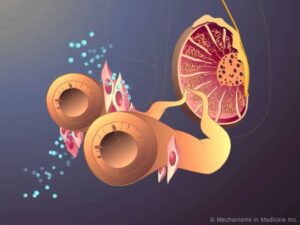
Testosterone Production
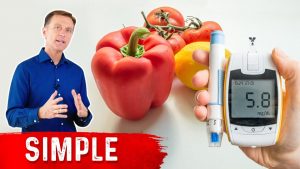
How to STOP Prediabetes Going Into Diabetes
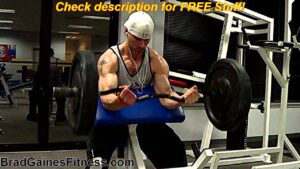
Preacher Curls – 7 Important Preacher Curl Tips
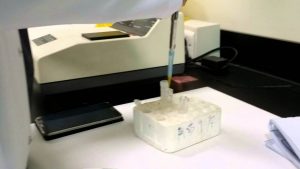
Biochemical Liver Function test(part3)

How To Identify Genuine ON Whey Protein : 13 Checks
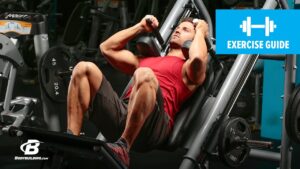
Muscle Building Workout & Squats Video – 42
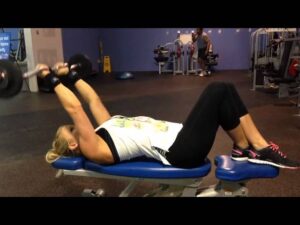
TRICEPS: Skull Crushers & Close Grip Tricep Press Superset
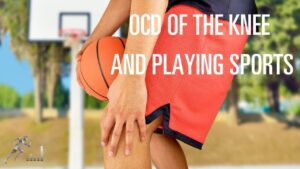
Sports Surgeries Video – 4
![Read more about the article Master Human Anatomy And Physiology course book [awesome way to learn] 2013](https://videos.drmaheshkumar.com/wp-content/uploads/2021/05/Master-Human-Anatomy-And-Physiology-course-book-awesome-way-to-learn-2013-300x225.jpg)
Master Human Anatomy And Physiology course book [awesome way to learn] 2013
